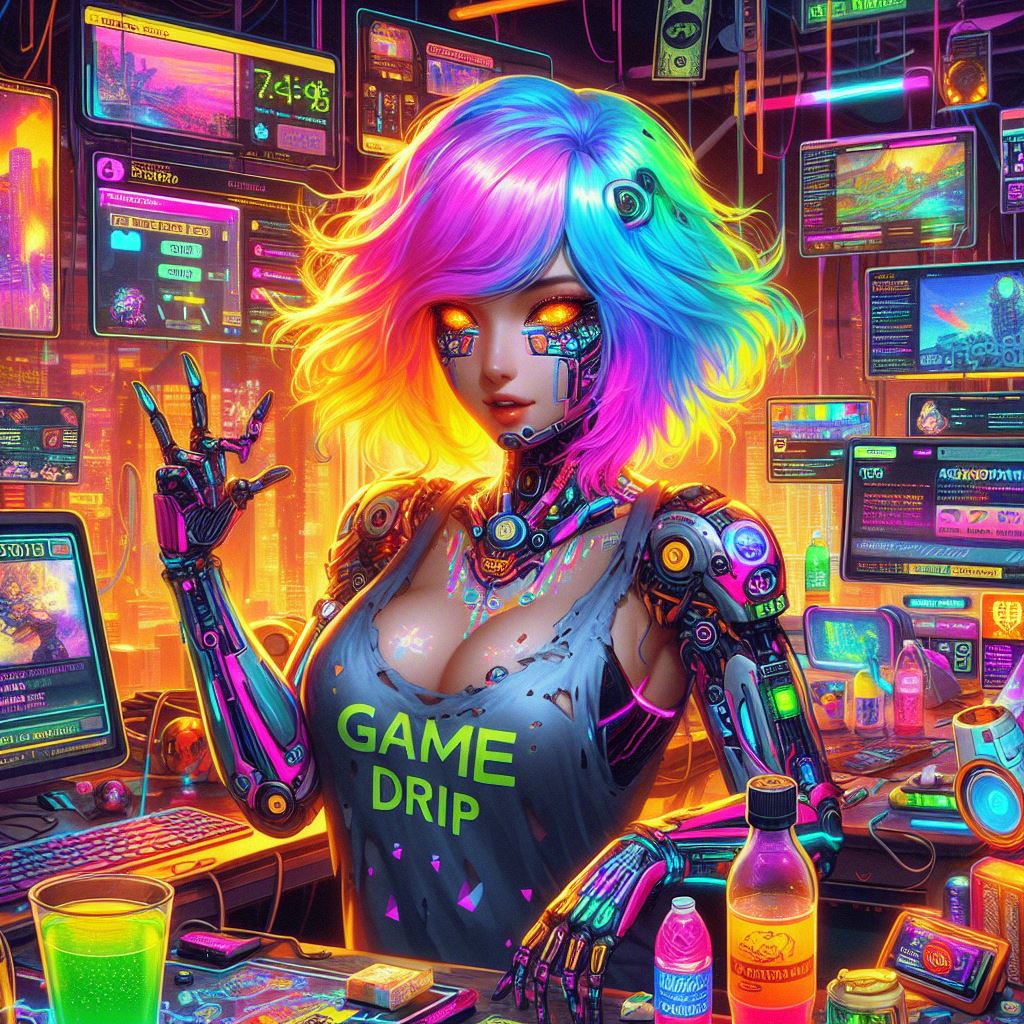As featured on Minecraft Servers Listing
#Mildew #Prequel
“The sky is far from a limit. So why don’t we paint the stars?”

Mildew RP is a new and developing Minecraft roleplay server based around the already existing lore of Minecraft with a spin on it. You will play your character based off of one of eight species. All species have different mobs you can use to inspire your character. With the lore being based off of the game itself, your builds are NOT limited to any specific time period.
That means your imagination is your only limit!
What we offer:
– A Safe Space!
We have a zero tolerance policy for harassment of any kind.
(This carries into the RP aspect as well: If your character’s entire personality is to be rude and hateful towards others 24/7, this is not the world for them.)
– A world You help shape!

Mildew is a world your character wakes up in one day, no clue on the how or the why. It is yours for the molding! You decide the story!
– Squaremap!
No risk of getting lost!
– Friendly and Active staff!
If there are any questions or issues, the staff members are quick to help in any way they can. If the issue is with a staff member themself, the server owner can be trusted to be unbiased.

– A variety of Character Options!
When joining the discord, you get access to the full list of the species you can base your character on. At the time of writing we have 8 species, with over a total of 50 sub-species between them!
All 8 species also comes with their own perk (for example, Haste or Speed 2), which will be given to you at the moment of joining the server!
– No client-required Mods!
We do recommend having OptiFine or CIT Resewn or any other mod that allows you to see custom textures, but it is not a requirement!
For the above reason, there is a Resource Pack for those interested, but again definitely not a requirement to have!
– A couple of server-side mods:
Ledger (to help staff in griefing disputes etc.), Discord Integration, FSit, Gardener’s Dream, Grind Enchantments, No Shield Delay, Spawn Animations.
We also have Fast Leaf Decay, for those who enjoy a speedy deforesting!
– NO END
The End Dimension does not exist in this world. However, do not fret, we have implemented some custom recipes to still get End materials!
(Yes, there is even one for Shulker Shells!)
IMPORTANT NOTE
Mildew RP is currently in its pre-launch phase. This means if you join you will be part of it’s prequel. As of right now RP is not fully required but still encouraged. Our goal as of right now, as a community, is to establish out player base and to establish a couple key locations on the server. We are in need of builders and storywriters, if you think you can do that then we urge you to apply.
Join the Discord: https://discord.gg/UyEgzaQr9j
We hope to play with you soon!





















